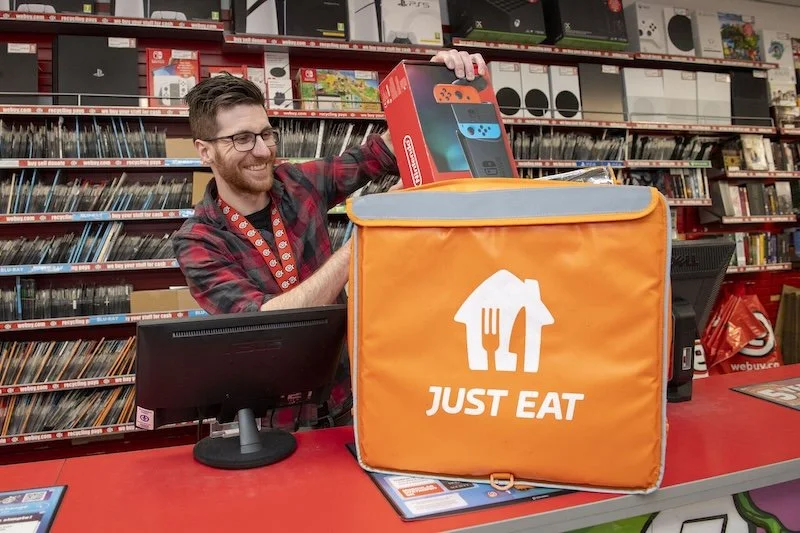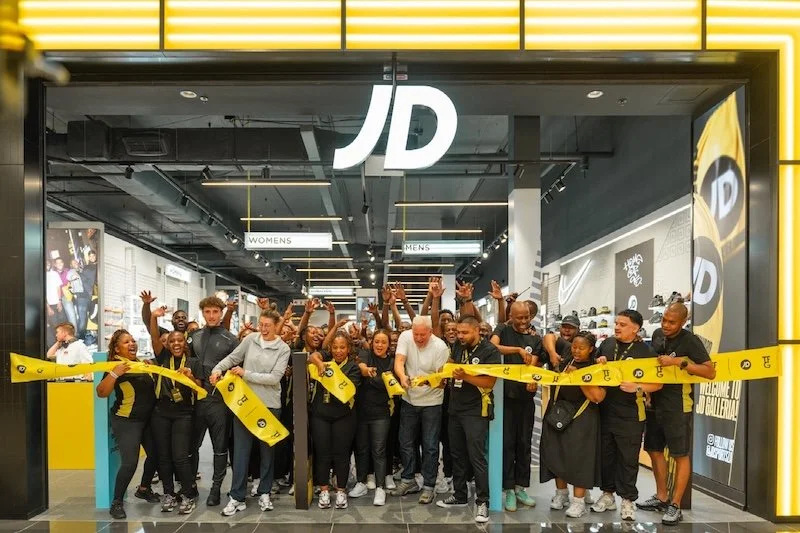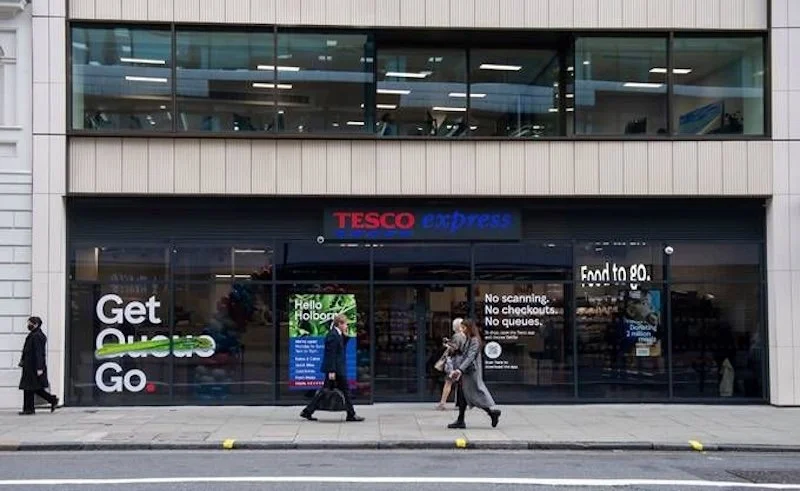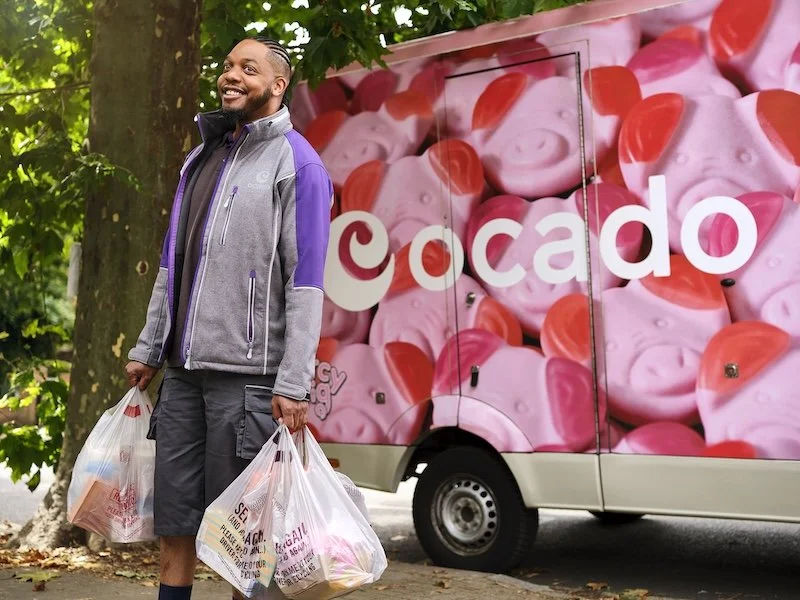Martin Lewis posts supermarket self-service vs staffed checkouts poll. The Twittersphere has its say
Supermarket shoppers prefer self-service checkouts over their staffed counterparts, although there’s still a lot of love for human interaction when buying groceries.
That’s according to a Twitter poll posted by UK-based financial journalist, broadcaster, founder of the MoneySavingExpert website, and national treasure (IOHO), Martin Lewis.
In his poll, Lewis says: “You've 12 items in your supermarket shopping basket. There are two equal length queues - one to a bank of five self service checkouts - one to a bank of five staffed checkouts. All else being equal, which queue would you USUALLY choose to join?”
At the time of writing, almost 120,000 votes had been cast with 18.5% of females preferring the staffed option and 27.9% opting for self-service.
19.8% of males, meanwhile, went for staffed and 33.8% for self-service.
This being a Twitter poll, we get nothing on respondents’ age groups, where they live etc, but it’s nonetheless an interesting snapshot of shoppers’ views on the supermarket checkout process.
Let us know your thoughts and checkout preferences in the comments section at the end of this article.
“Consumers want to get in and get out as quickly and easily as possible”
90% of consumers believe technology will significantly improve the overall shopping experience, according to research released by Shekel Scales at NRF 2023.
While nearly 60% of the 573 respondents cited technology that speeds and simplifies the self-checkout process, more than 30% expressed a desire for offerings that help them get in and out of the store as fast and as easily as possible.
Conducted over SurveyMonkey, the Shekel survey measures consumer perceptions and attitudes on autonomous and frictionless shopping technology, such as self-checkout, smart carts, and vending machines.
Nearly 80% respondents were between the ages of 18-60 years old with 45% male and 55% female respondents.
Other key findings include:
50% of consumers cited frequent overrides or cashier intervention as the top concern with the self-checkout experience; 25% of respondents reported difficulties entering produce items and baked good items.
In 93% of the responses, more accurate technology, system simplification for ease of use and improved user experience and eliminating the need to individually enter items were cited as reasons a consumer may be more likely to try self-checkout.
90% said a self-checkout system that could automatically identify produce items would be helpful during the checkout process.
50% said they were not familiar with the concept of a smart cart.
When provided with the definition of “a shopping cart that automatically performs checkout when items are added to the cart,” 74% were very likely or somewhat likely to try this if the option was available to them.
The possibility of recording inaccurate transactions (60%) and potential technical difficulties with using a smart cart (40%) were cited together as the top barriers to smart cart adoption in a majority of responses.
Consumers cited limited product selection (51%), a lack of fresh products (39%), and no customer service (33%) as the top three frustrations associated with vending machines.
The inability to return items or purchase more than one item at a time also appeared in a combined 40% of responses.
“We first conducted a similar survey two years ago at NRF 2020, and this year’s results remove any lingering speculation as to whether consumers truly want technology to improve their shopping experience,” says Nir Leshem, CEO at Shekel.
“All in all, consumers want to get in and get out as quickly and easily as possible.”
“Whether retailers achieve that goal by offering faster, easier self-checkout or new smart carts, consumers are willing to adapt and will openly embrace any technology required to satisfy their needs.”
“This marks a critical time for retailers to evaluate their autonomous and frictionless shopping strategies and how retail technology, like Shekel’s, can play a valuable role in enhancing the customer experience and capturing greater market share.”















Continue reading…